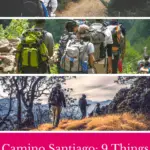Written by Mark Whitman
There is no lack of stunning and beautiful places in Spain. One of the most famous things to do in Spain is to hike the Camino De Santiago.
This trail was once believed to have led to the end of the world! Originally, the trail was used by Christian pilgrims, and although it is still used as a pilgrimage for many Christians, the trail is now also an exceptionally popular multi-day hiking experience that is great for those looking for a cultural, historical, and spiritual journey.
Before hitting the trail, you may want to have a look at the best vegan hiking boots. They are a fabulous choice since they are cruelty-free.
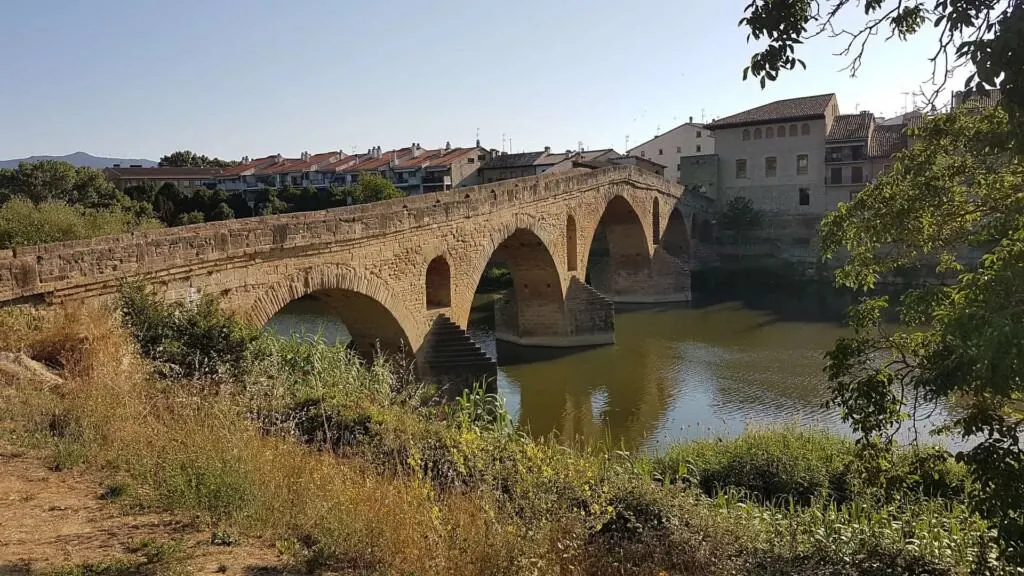
This post is mostly focused on the Spanish camino trail, if you’re thinking to hike it in France, have a look at this guide about the Camino de Santiago, French Way. Here are just a few things to know before taking on this trail.
1. Why is the trail called the Camino de Santiago?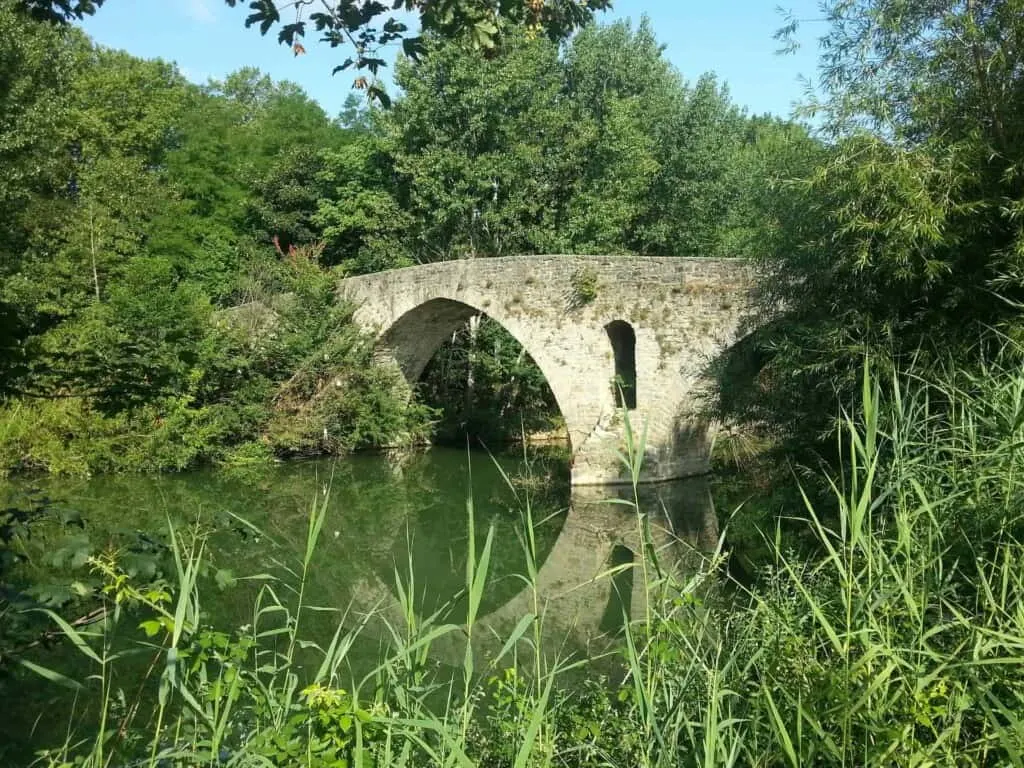
The Camino de Santiago is a famous Spanish walking trail that includes a series of ancient pilgrim routes.
The route is also called ‘The Way of Saint James’.
It is believed that the pilgrimage route has been used for over 1,000 years.
It is called the Camino de Santigo as the journey ends at Santiago de Compostela where it is believed that the body of the apostle Saint James was buried.
Due to its rich history that has been preserved for many years, the Camino de Santiago Trail was declared a UNESCO World Heritage Site in 1993. This is an honorable award that appreciates its value of cultural heritage for humanity.
2. Do you have to have religious reasons to hike the trail?
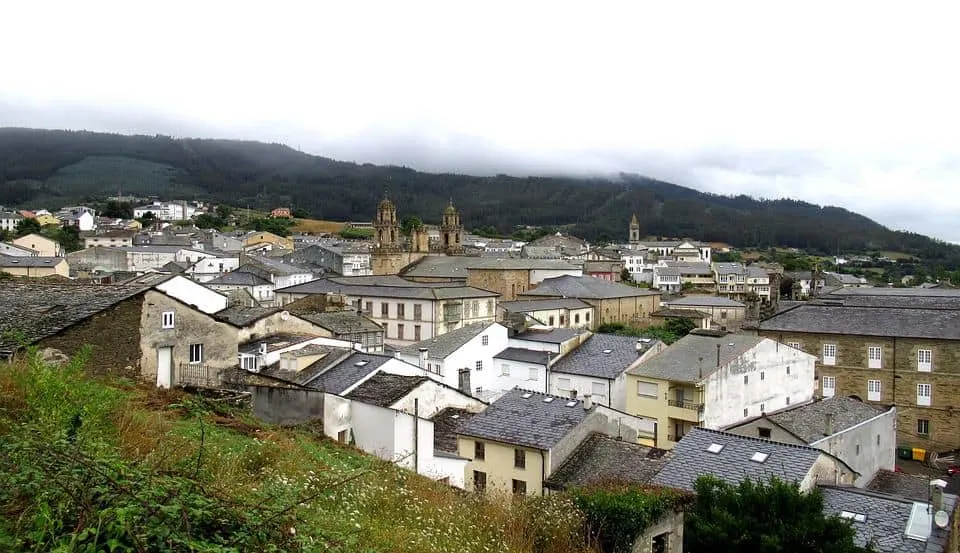
The route is still used by pilgrims who hike the trail for religious reasons and those who walk at least 100 km receive a Compostela Certificate.
If you are hiking the Camino trail for religious reasons, you will need to purchase a Camino passport in order to receive your Compostela Certificate.
However, you can also walk this route for non-religious reasons.
3. What’s this about scallops on the Camino de Santiago trail?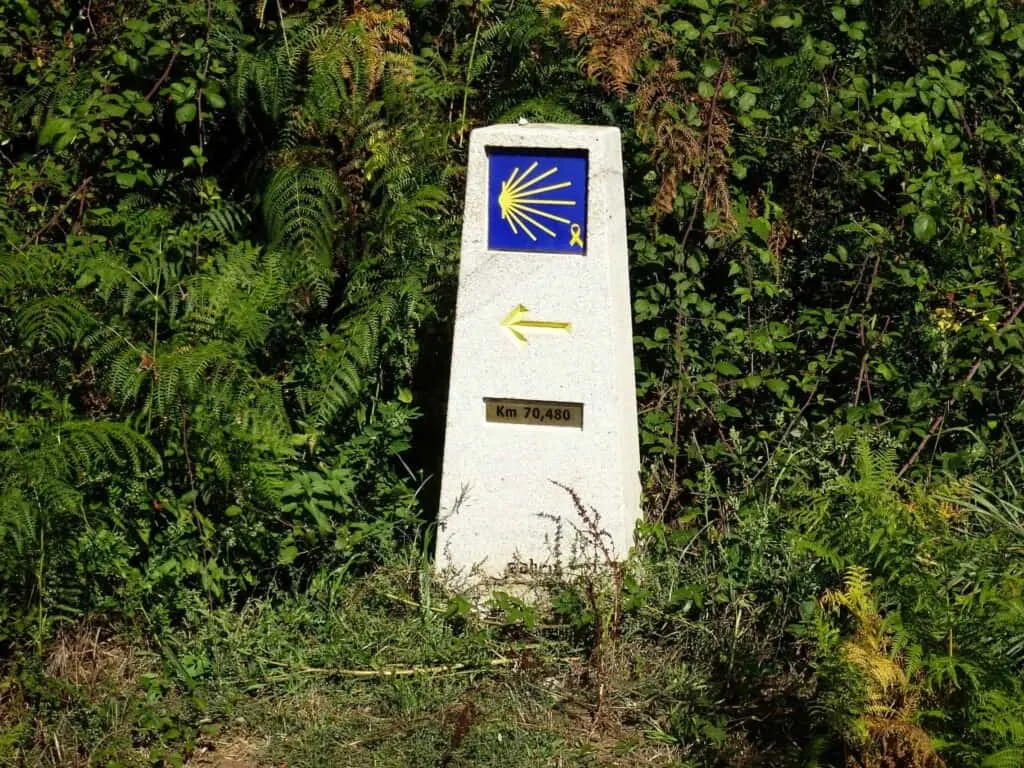
During the 1980s, a local priest marked the route with the symbol of a scallop shell. The symbol is yellow and sits against a blue background. The markings can be seen all along the trail and this is a way for the pilgrims to know that they were on the correct path.
The scallop shell symbol comes from the idea that pilgrims who went beyond the trail end would complete the journey at the coast. Pilgrims would pick up a scallop shell at the end of their journey to symbolize that they had completed the route.
Nowadays, you may come across hikers with the shell strapped to their backpack to show that they are on the trail of Camino De Santiago.
The heritage of the scallop is one of the most important things to know before hiking the Camino de Santiago trail.
4. How long is the Camino Santiago trail and is it difficult?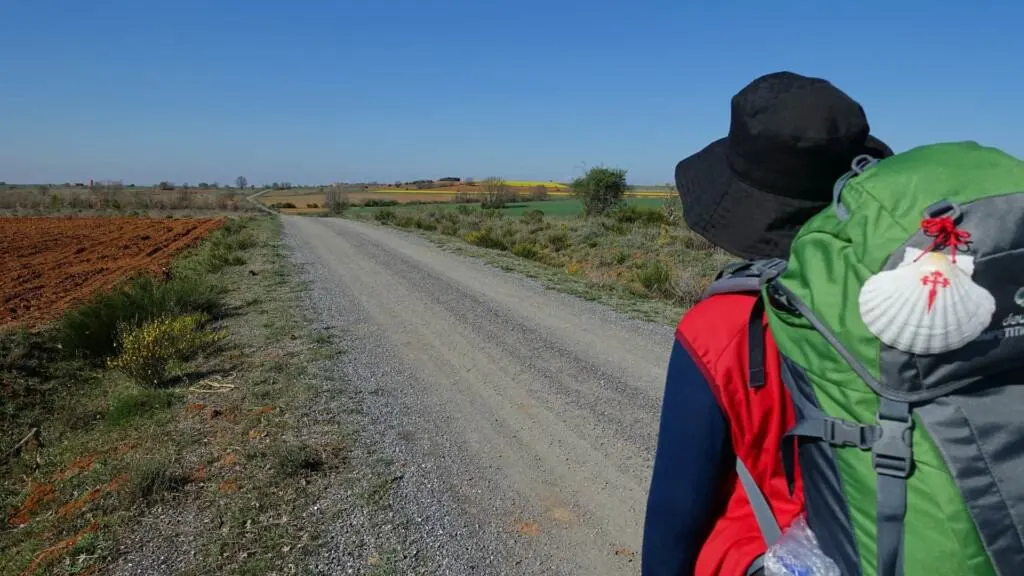
The full route takes about 30 days to complete and is approximately 800 km long.
You will be walking +/- 20-25 km/day but the nice thing about this trail is that you can move at your own pace. This gives you the opportunity to really slow down and experience your journey.
The main routes are not very technical, and most trails are flat, easy and well maintained so that the trail can also be done by those that do not have a lot of hiking experience.
I would still recommend some training beforehand, like hiking more trails in your hometown to prepare for the distance you will be traveling on the Camino De Santiago Trail.
You will be walking along some dirt roads or paths, through local villages or small towns, and with no wild uninhabited areas to go through, it is considered a relatively safe hike.
Walk alone, in groups or even form groups with like-minded hikers along the way.
The only negative mention here would be that theft is common. When you are passing through towns or villages, keep your bags in check and never leave valuables unattended.
Have a look at discounted outdoor gear at Hiking Clothing Sale, Clearance & Discount | REI Outlet.
5. What about accommodation on the Camino de Santiago trail?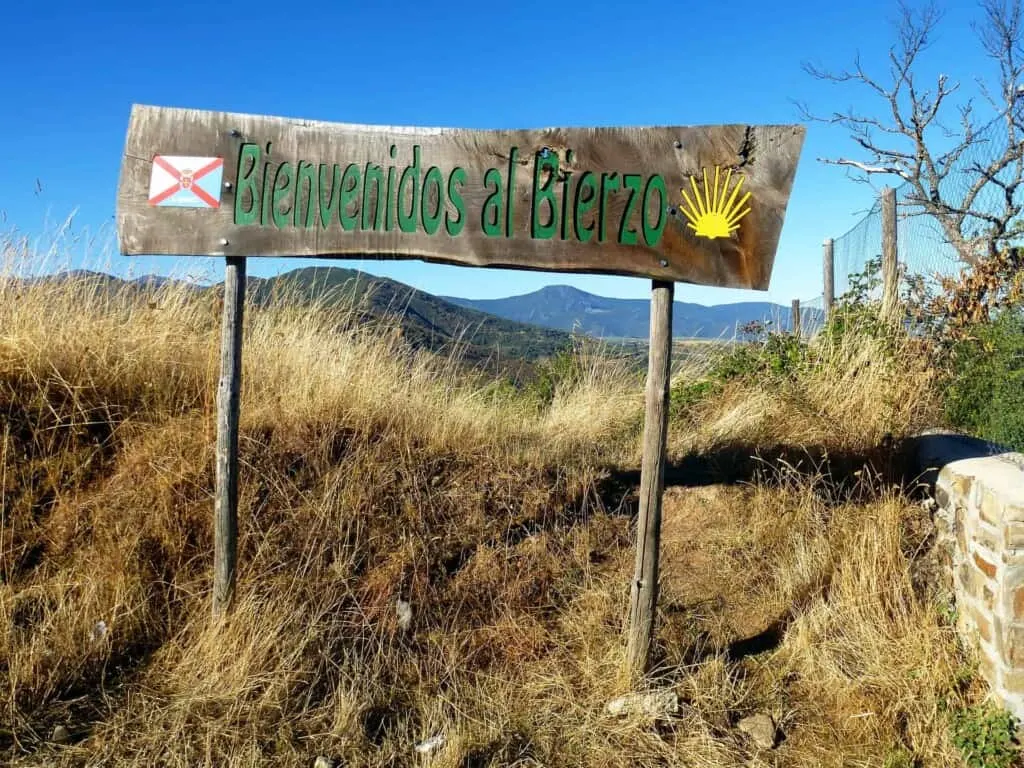
Accommodation along the trail consists of either camping, staying in rustic huts, hostels or guest houses.
The cheapest option is to stay in hostels and buy and cook your own meals. There are shops or markets along the route in the towns or villages you will pass through where you are able to stock up on essentials.
Camping is probably least recommended, so leave the tent at home. Wild camping in Spain is illegal and established campsites are not much cheaper than the hostels. This is key when looking for things to know before hiking the Camino de Santiago trail.
If you are walking the route as a pilgrimage and have official documents to prove this, there is even an option to stay in hostels that accept donations as payment.
Sadly, due to people taking advantage of this, there are fewer available and they fill up fast!
Book here your accommodation along the Santiago trail
6. Which is the best route?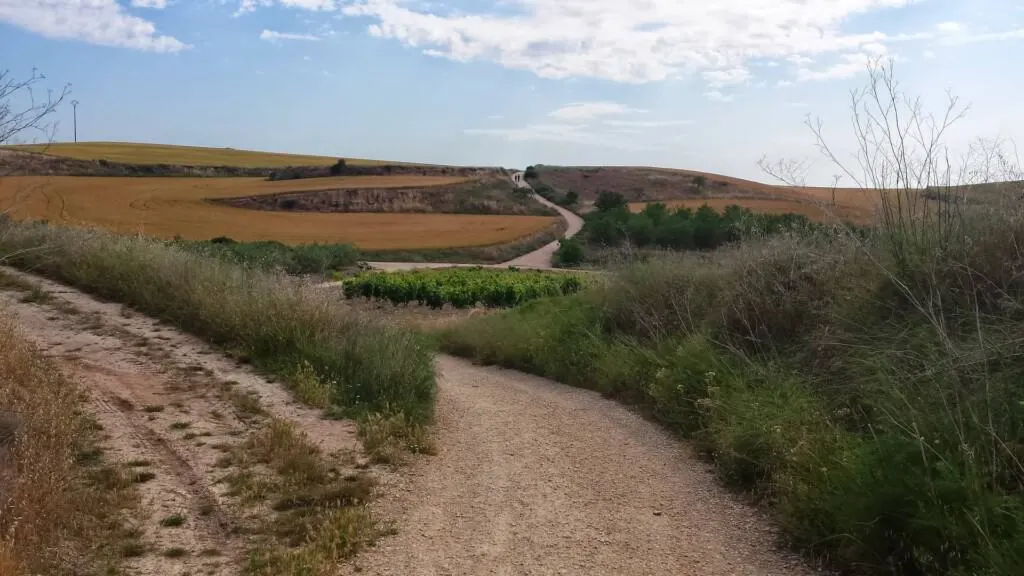
There is a network of trails that you can take on the Camino de Santiago route. The top five I recommend include the Camino Frances Trail which is by far the most popular, the Camino De Norte Trail, the Camino Portugues Trail, the Via del Plata Trail as well as the Camino Primitivo Trail.
For those that possibly don’t have time to complete the entire 800 km trail in one go, splitting it up into sections over a few months or years is possible using the range of routes that are available.
It's one of the most important things to know before hiking the Camino de Santiago trail.
7. When is the best time to walk the Camino de Santiago?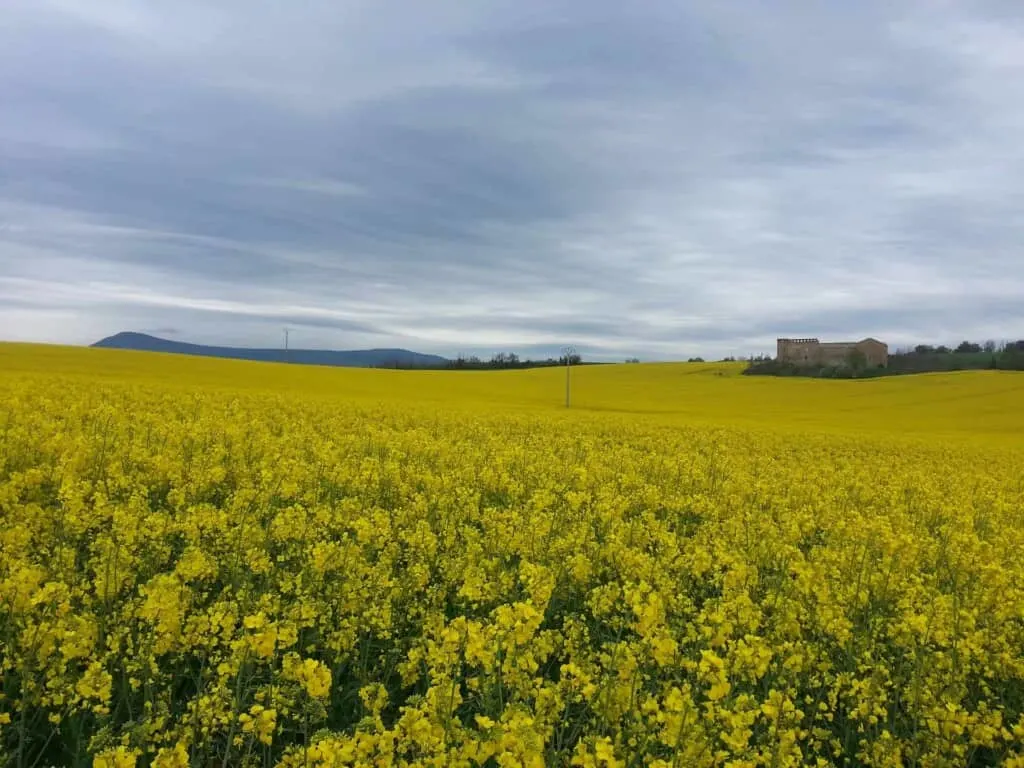
The best time to take the Camino Trail is from April to May, or during September. You will have much warmer weather during this time and beat the summer tourist rush.
Book here your trekking gear at discounted prices
8. Do I need to be able to speak Spanish?
Speaking Spanish is not a requirement to do this hike. However, I do recommend that you learn some basic phrases to be able to communicate with the locals a bit easier.
Typically, people on the trail are English speaking and so you will probably only encounter Spanish in the towns or villages.
9. Will I have a spiritual experience?
The journey along the Camino De Santiago is for many a personal, religious or spiritual experience. There is a deeper meaning behind this trek for some, and many have very personal reasons for deciding to take it on.
A movie called ‘The Way’ is an excellent heart touching story of a man (Martin Sheen), deciding to walk the Camino De Santiago trail to find answers and deal with his emotionally troubling circumstances. The movie truly highlights what this journey means for some people, and why it can be so much more than just another hike.
You may want to have a look at the trailer:
With these things to know before hiking Camino de Santiago trail, you are ready to go on a journey.
These are just a few things to know before hiking the Camino De Santiago Trail. It is a humbling journey for most, but whether you are simply looking to experience the hike, or have a deeper meaning to travel this route, there are very few people who walk away without having gained something meaningful in return.
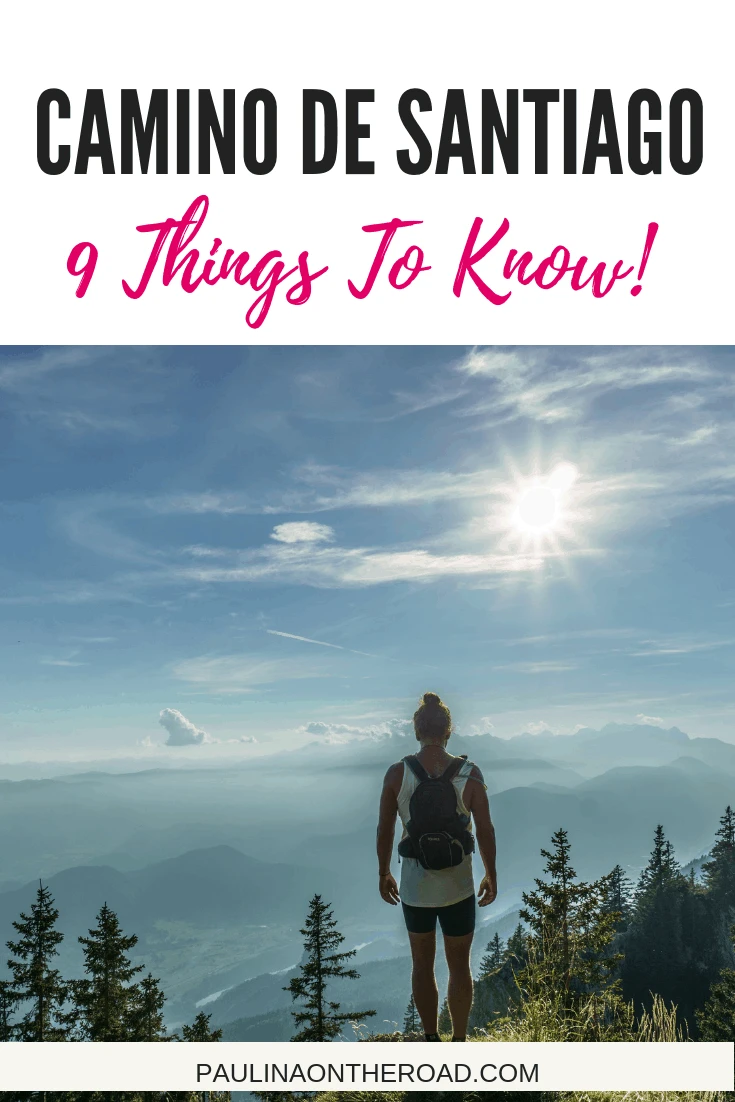



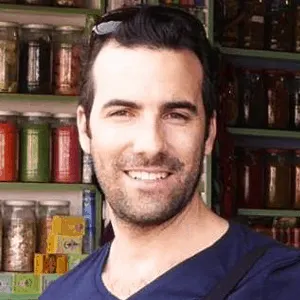
Author Bio
Mark has trekked extensively in Asia, Europe, South America, and Africa. He founded Mountain IQ in 2014 with the sole aim to be the best online information portal to some of the most popular mountain destinations around the world. When not writing for Mountain IQ, Mark is out exploring the outdoors with his wife!

Hola! I’m Paulina, a seasoned travelette who crossed the Atlantic Ocean by Boat HitchHiking. On my blog, find expert insights for an extraordinary holiday through outdoor and sustainable travel like hiking, cycling, and sailing. Let’s embark on unforgettable journeys together! 🌍🚀

